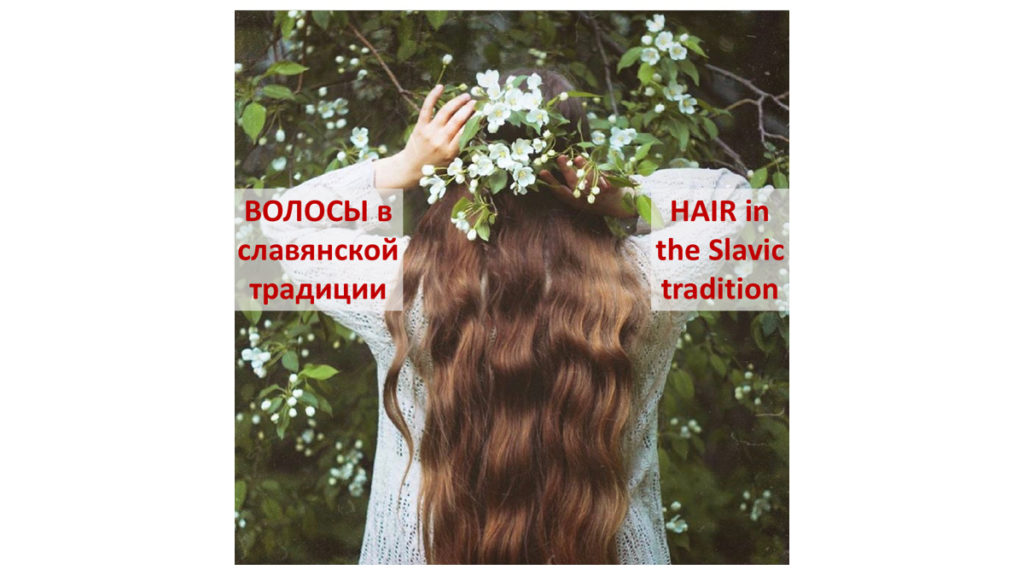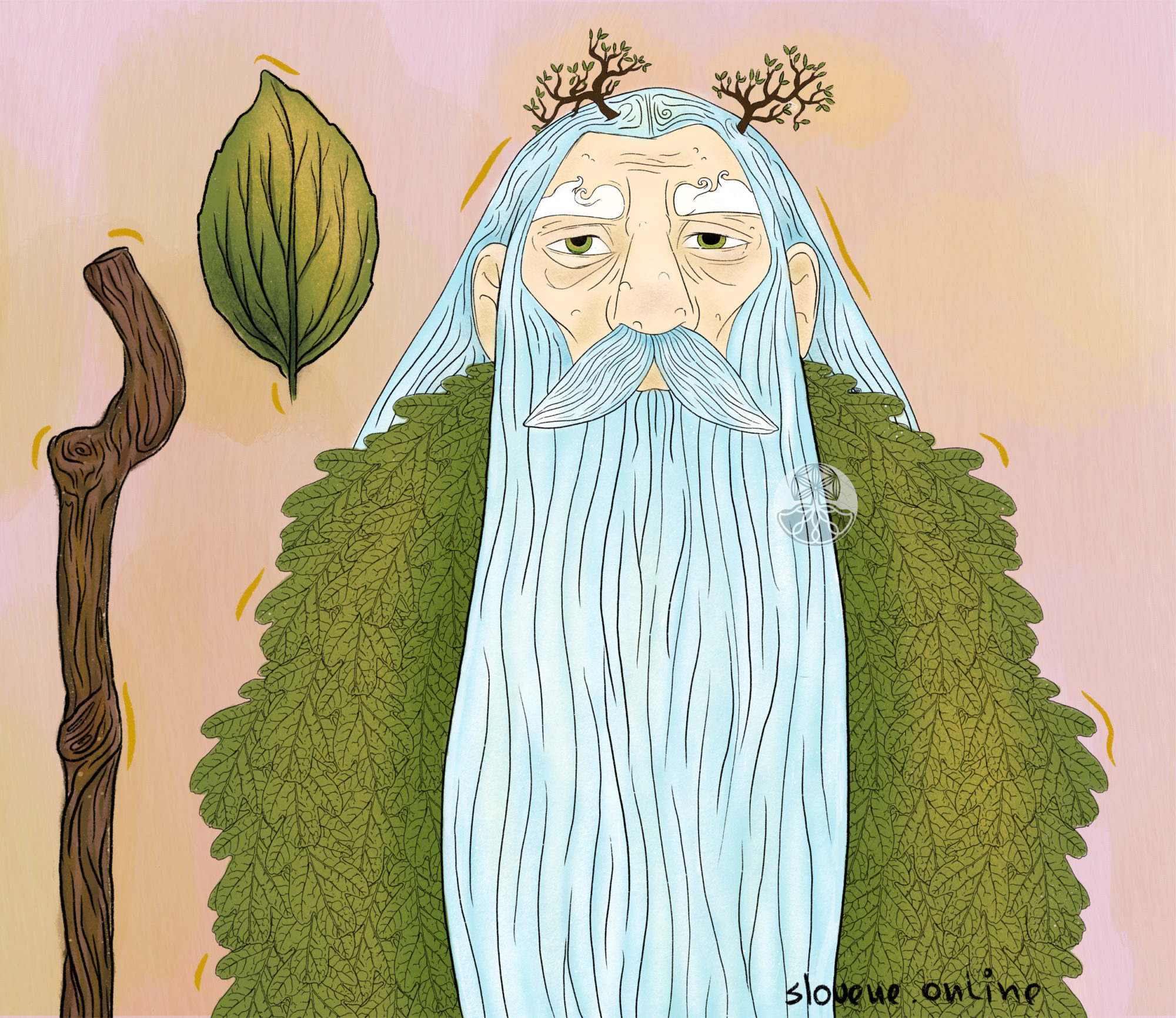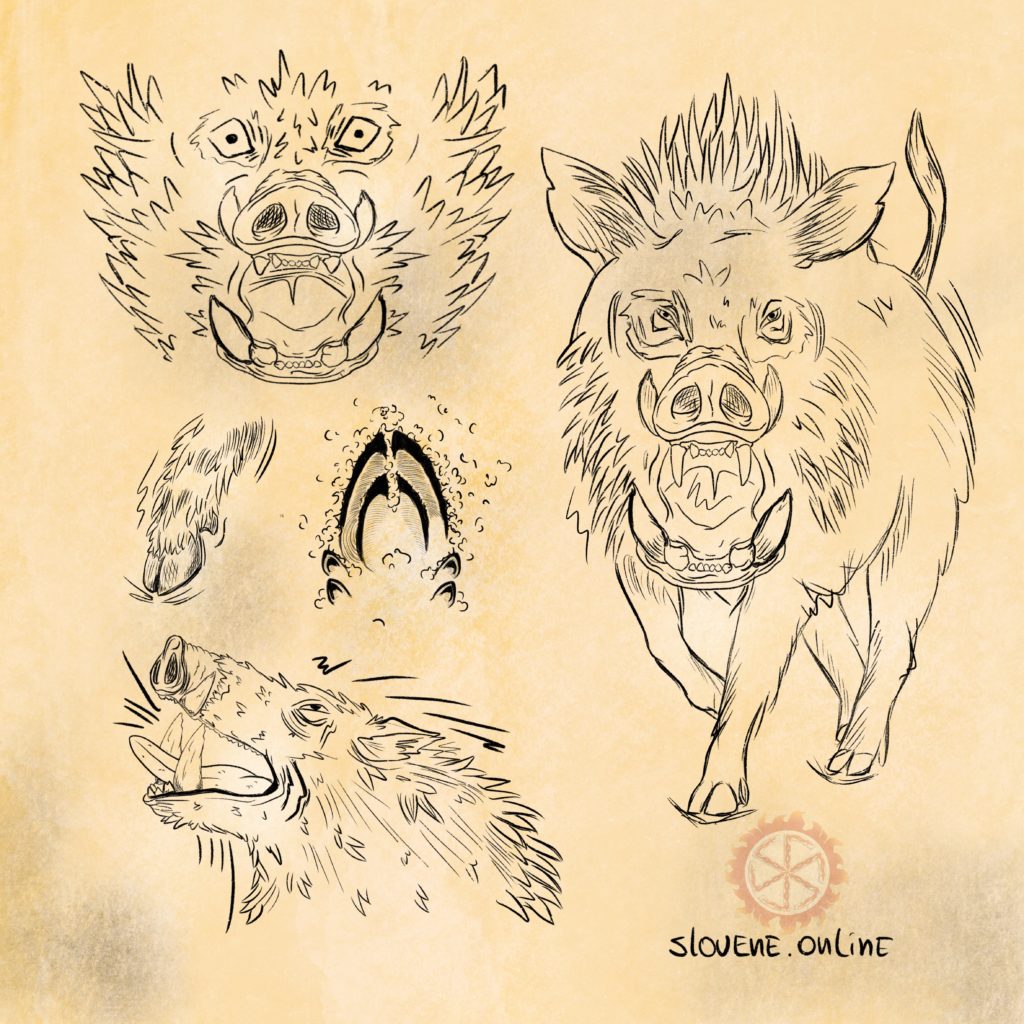Do you believe in the hair magical powers? 😉
We continue to familiarize you with the customs and beliefs of the ancient Slavic people, while working on the animated fantasy comic book series. Here we will reveal a little secret – in such posts, as if jumping forward, we shed light upon and help to understand the events that will occur in our story …;)
HAIR, according to the ancient Slavic tradition, is the place of concentration of human vitality. In magic, cut off hair was perceived as a substitute (double) of a person. Thus, the hair that fell out during combing, could not be thrown away to prevent a witch to put a hex on you, etc. Or an evil person could cast a spell that would prevent a girl from getting married, when her hair is placed in the hollow of a tree. Therefore, people hid their hair in various crevices, buried it in the ground and at the crossroads, laid it under large stones, or burnt it.
The Slavs also believed in the special hair powers for healing and love magic. For example, Croatian girls, to bewitch young guys, tried to quietly put their hair in the food of their chosen ones. In Moravia, on the contrary, the guys sought to charm the girls, while carrying with them three hairs of their chosen ones twisted in a ring.
Source: “Slavic Antiquities” – encyclopedic dictionary in 5 volumes by Institute for Slavic Studies of the Russian Academy of Sciences.
Photo credit: https://vk.com/nyonaka



